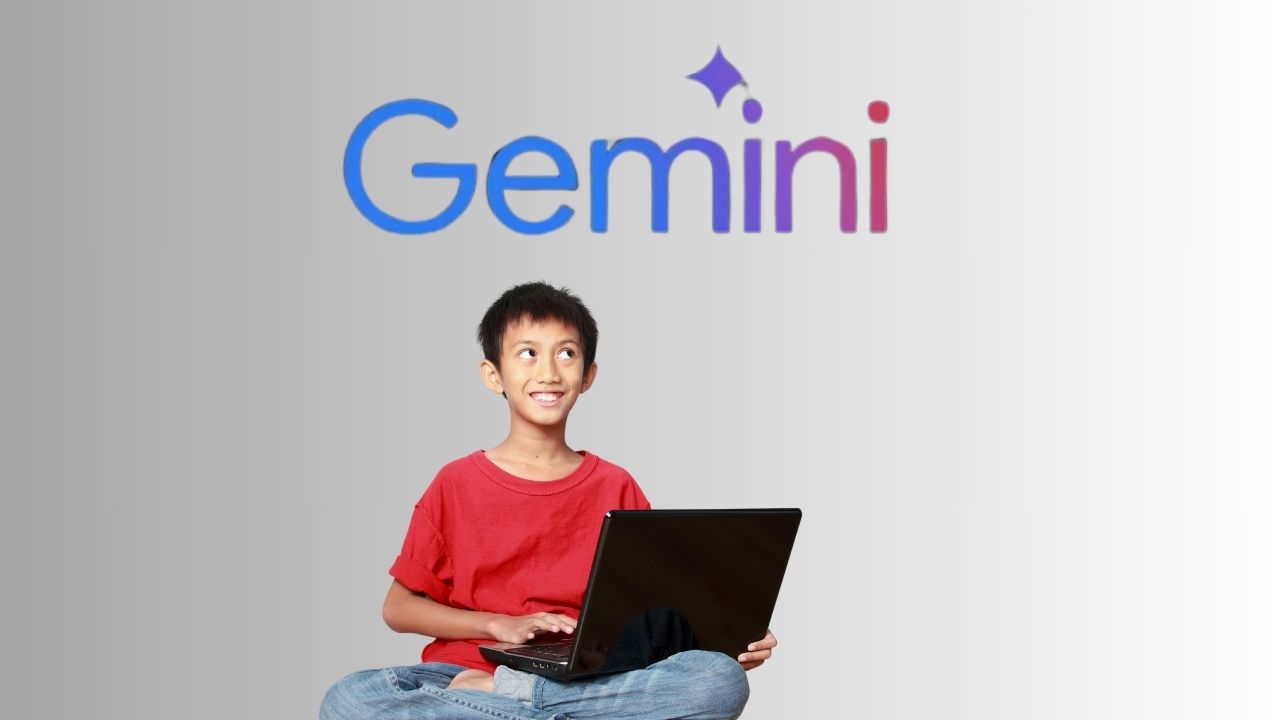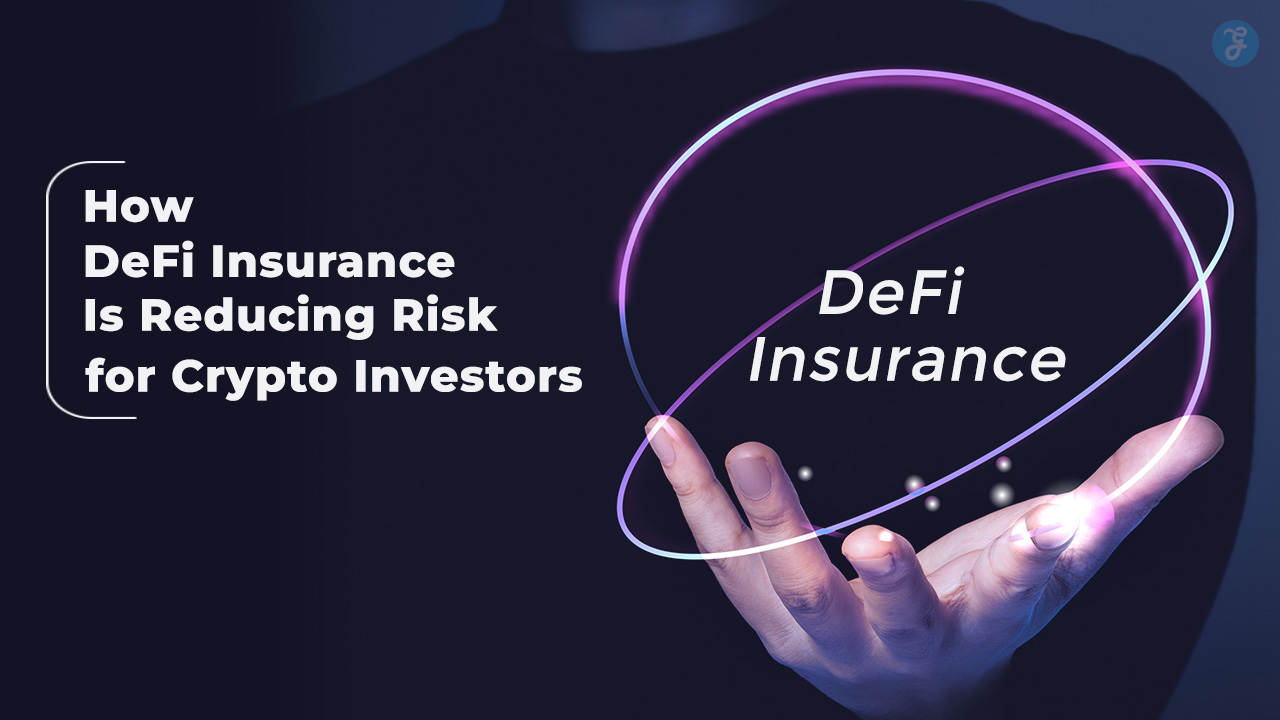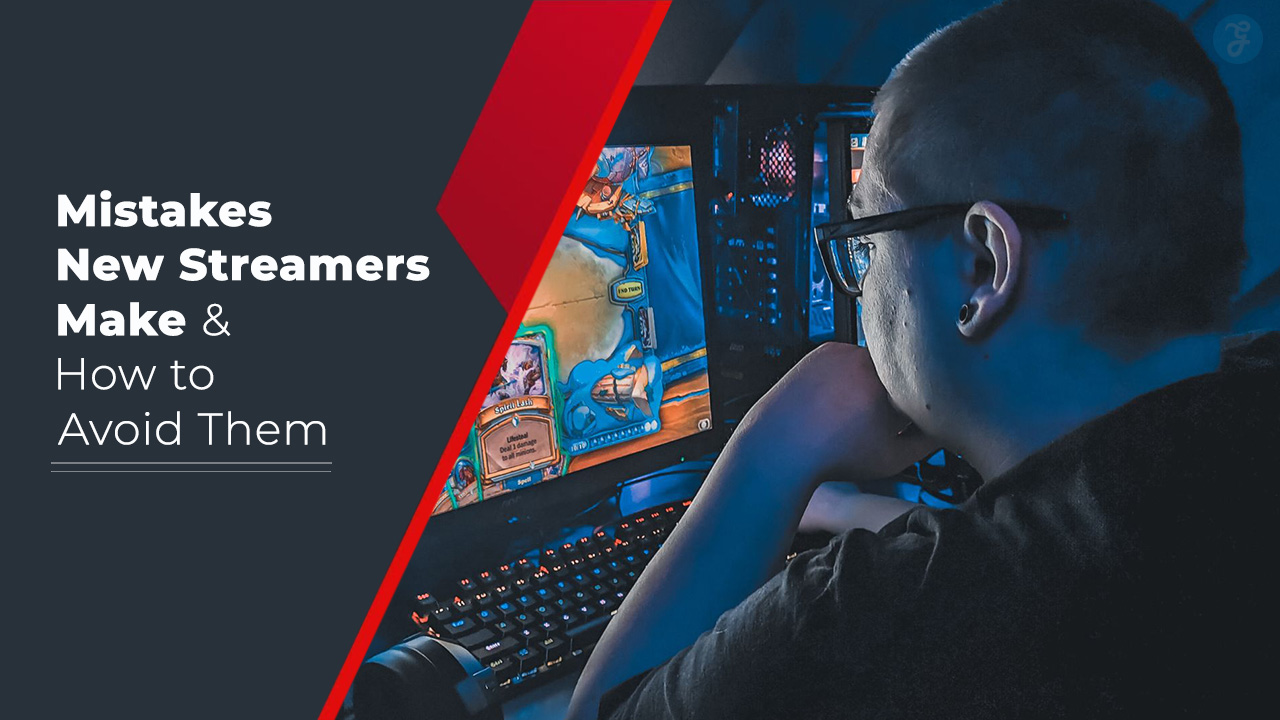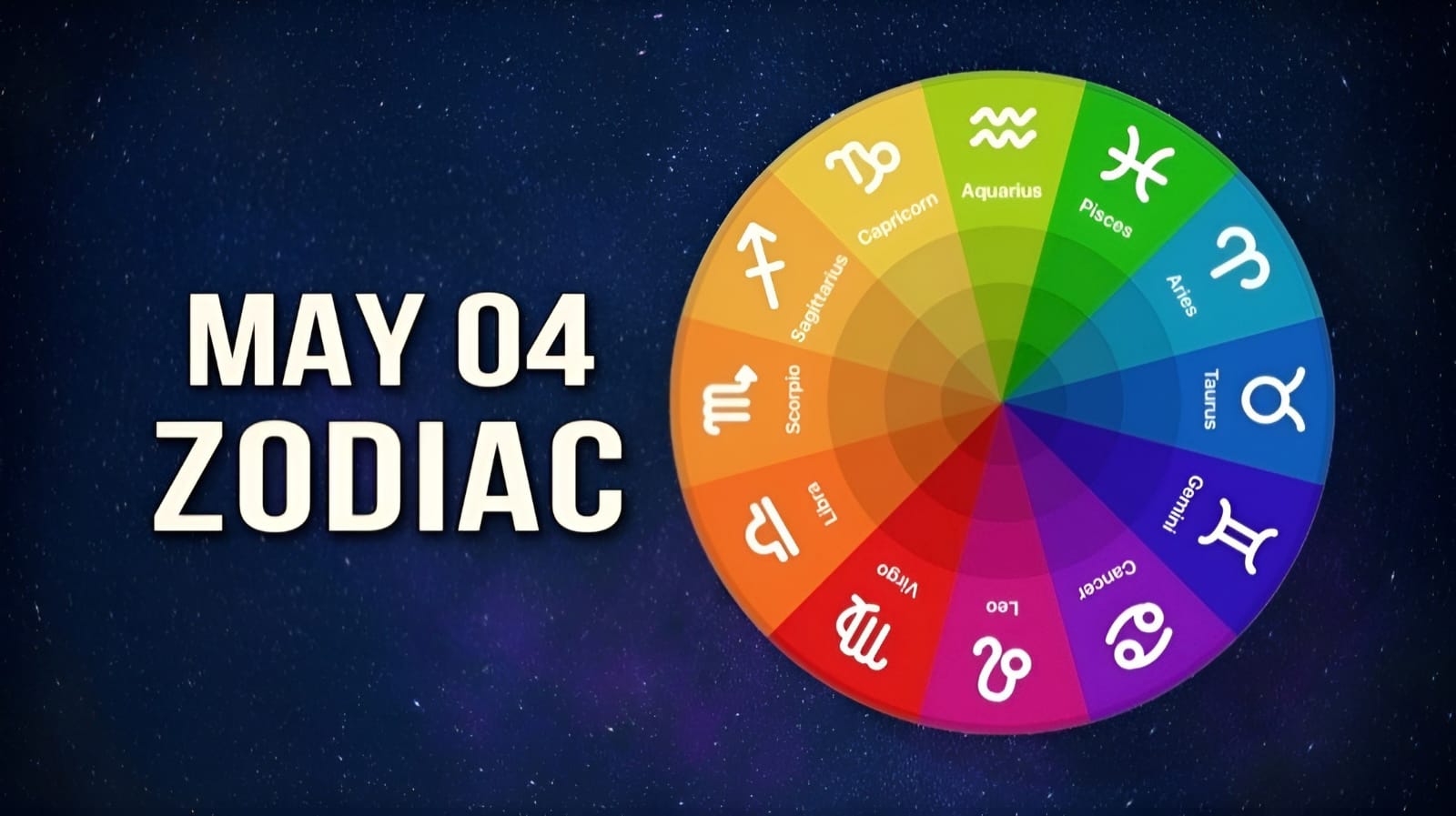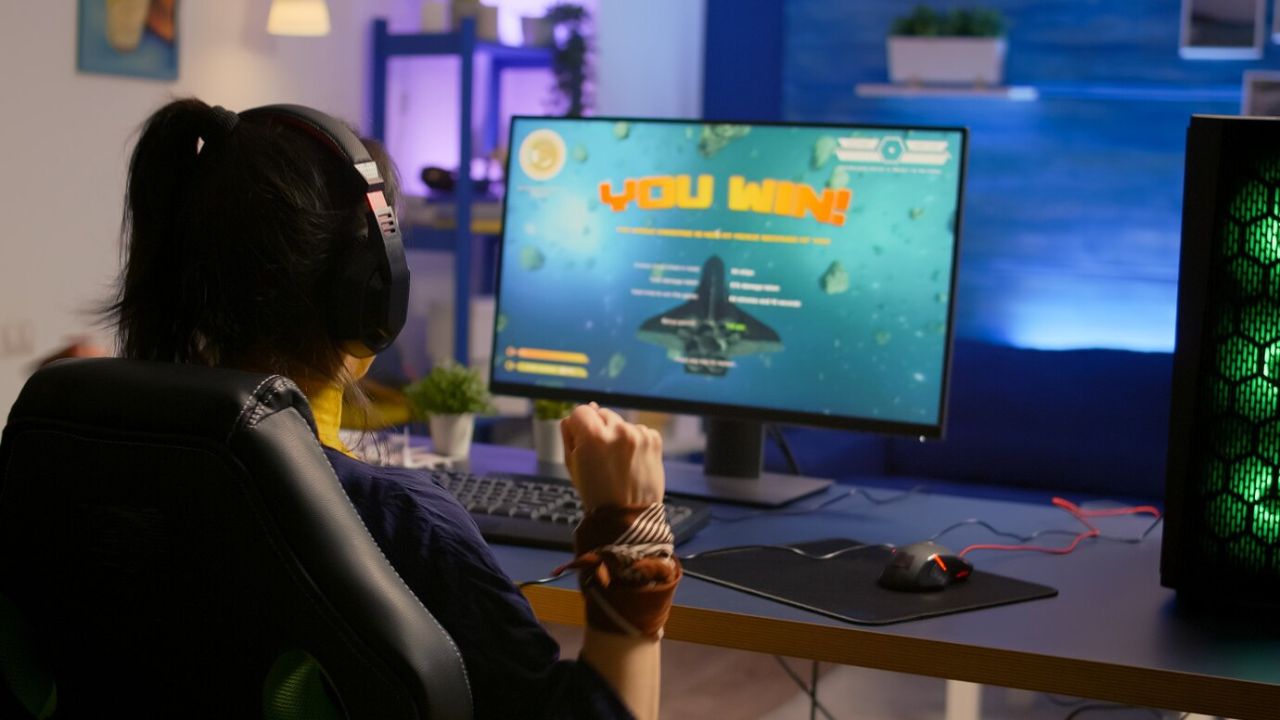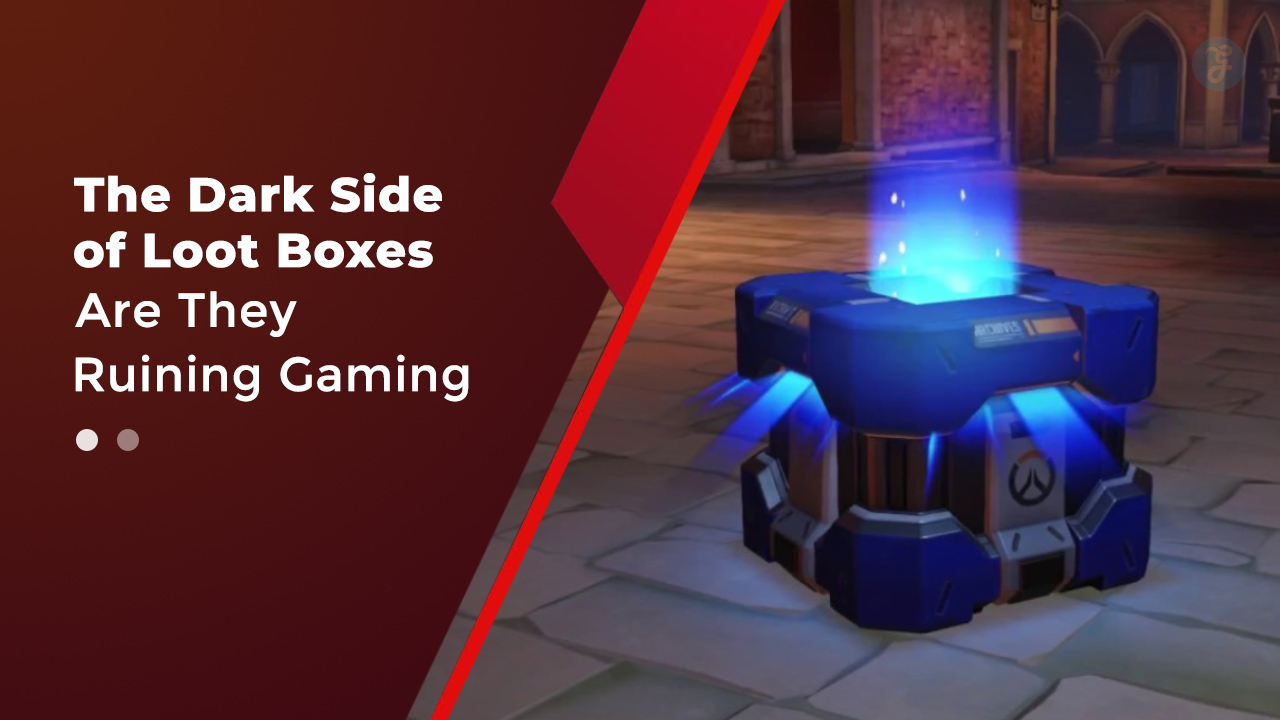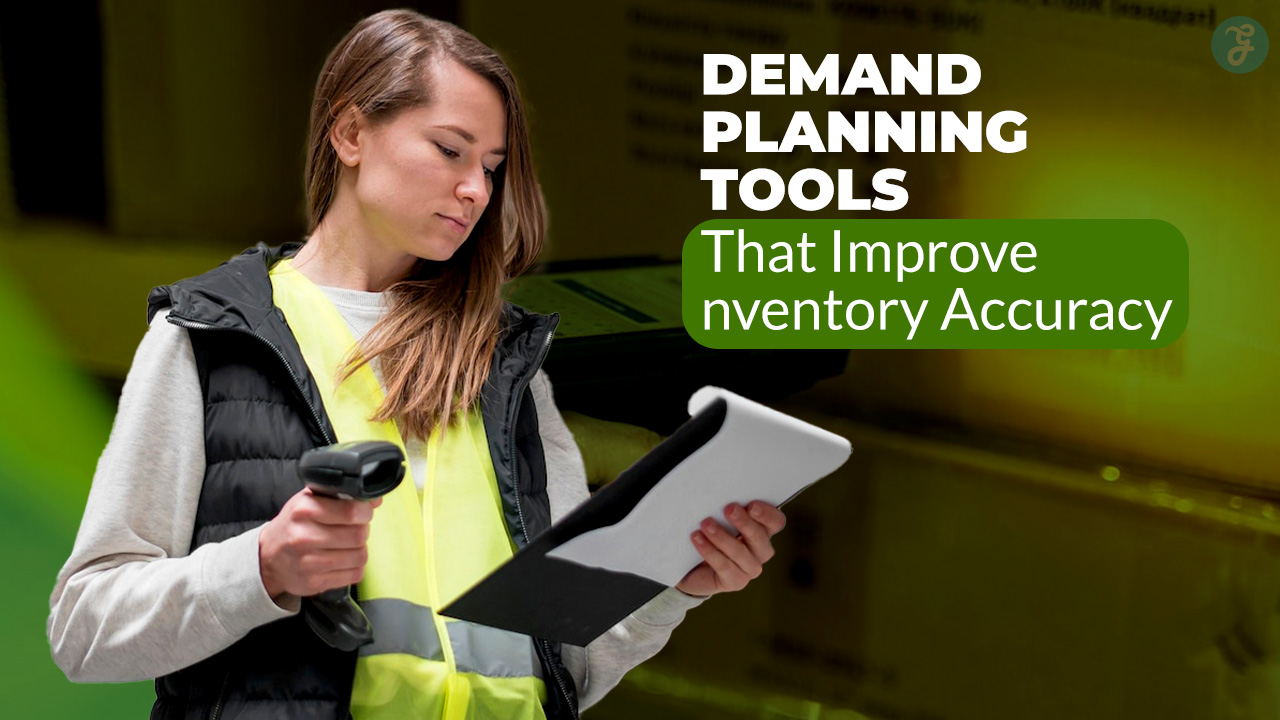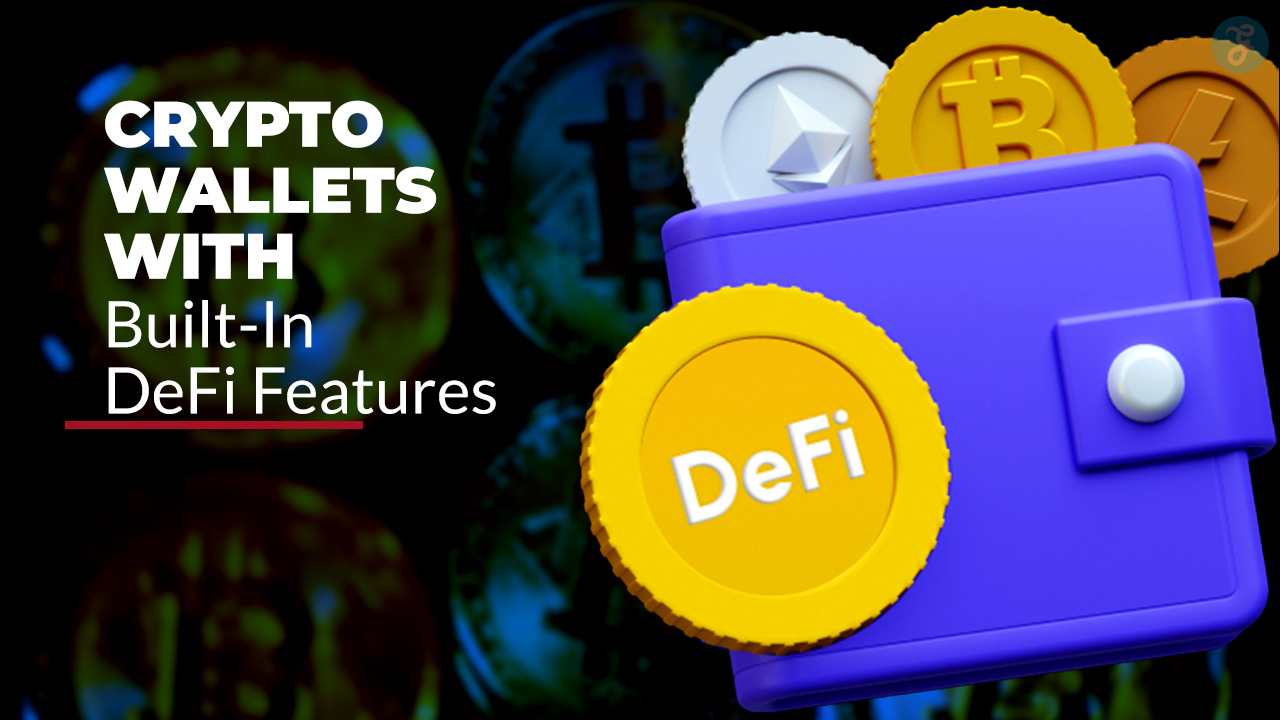Do you feel lost when someone mentions blockchain or smart contracts in a crypto chat? Blockchain technology records each transaction in linked blocks that anyone can check. This guide will explain blockchain, smart contracts, decentralized applications, and digital wallets in clear steps, so you can explore Web 3.0 without confusion.
Key Takeaways
- Use simple analogies. Compare blockchain to a public notebook, smart contracts to vending machines, and dApps to chat rooms on a ledger.
- Define key terms. Blockchain links time‑stamped blocks [Bitcoin used it in 2009]. Ethereum added self‑executing smart contracts in 2015. dApps run on blockchain. ERC‑20 tokens act as money and ERC‑721 NFTs tie to art.
- Give hands‑on steps. Install MetaMask, write a simple Solidity contract in Remix or Node.js, mint a test token on Goerli, and swap it on a decentralized exchange.
- Teach security best practices. Write a 12‑word seed phrase on paper, store it offline, verify official URLs, enable two‑factor authentication, or use a hardware wallet.
- List free beginner resources. Use CryptoZombies coding game, ETHGlobal YouTube tutorials, Blockchain‑based Systems Engineering slides, Ganache, and Remix for testing smart contracts.
Start with the Basics
We slash the gunk of jargon and untangle blockchain, decentralization, and dApps. You will see how Ethereum spins these blocks into dApps that work without any middlemen.
Define Web3 in simple terms
Web3 feels like a potluck, where no chef owns the recipe. People store info on a distributed ledger in a peer-to-peer networkDFS, not on central servers. They guard their digital wallet keys.
They run code through smart contracts on a public blockchain network.
Anyone can build or join decentralized apps with no gatekeepers. They can swap ERC-20 tokens, mint non-fungible tokens, or try DeFi with a hardware wallet. This new web gives users control of data and cuts out the middleman.
Explain the difference between Web1, Web2, and Web3
Web1.0, born in the 1990s, let people only read static pages on the world wide web. Developers used early web development tools to craft basic websites. Google, Facebook and Amazon then shaped Web2.0, filling feeds with posts, targeted ads and rich media.
They held all user data on central servers and steered digital experiences.
A new era hands control back to people. It runs on a public blockchain network that powers smart contracts and dApps in the Ethereum Virtual Machine. Users store assets in digital wallets and swap tokens or cryptocurrencies on decentralized exchanges.
They tap into decentralized finance, join yield farming or mint nonfungible tokens for art. Platforms support supply chain management, decentralized identity and digital democracy.
Introduce core concepts: blockchain, decentralization, and dApps
Blockchain forms the backbone of Web3 as a transparent, tamper‑proof digital ledger. It logs every Bitcoin move, token swap, and NFT mint on public blockchains. A single block change needs new proofs across the network, so no one can cheat records.
Decentralization shifts control to people, not big firms, and it fuels Web3’s digital democracy. dApps run on blockchain networks, powered by smart contracts, and they serve shopping, gaming, or DeFi needs.
People tap a digital wallet, guard private keys, then swap tokens or trade on decentralized exchanges.
Simplify Key Web3 Terminology
I break down chain ledgers and digital cash in plain talk to kickstart your defi or NFT journey. Dig into our hands‑on guides, grab node.js snippets, and run smart scripts in minutes.
1. Blockchain
Imagine a chain of clear blocks. Each block holds a list of transactions. The chain links blocks by date to keep order. The ledger stays open for all to see. People cannot change past entries.
Ethereum uses this type of ledger to run smart contracts. Developers call the chain through APIs or a JavaScript runtime script. You store funds in a digital wallet. Decentralized exchanges tap that data to swap tokens.
2. Smart Contracts
Self-executing code sits on a blockchain and acts like a vending machine for money. You drop crypto, and it spits out a non‑fungible token, token or Ether, no clerk in sight. Smart contracts power dApps on Ethereum and fuel decentralized finance [defi] by cutting middlemen and slashing fees.
Your digital wallet talks straight to the chain, and code locks in deals with digital signatures.
Coders write contracts in Solidity or use server‑side runners like Node.js to test them. They deploy on the Ethereum Virtual Machine with tools from the Ethereum Foundation. Each swap on a decentralized exchange, loan to a liquidity provider or mint of a non‑fungible token logs on‑chain for blockchain security and transparency.
No single server holds the data, so hackers hit a solid wall, and users keep control.
3. Decentralized Applications [dApps]
Some decentralized exchanges and NFT marketplaces run on Ethereum chains. They live on blockchain networks, not on single servers. Each dApp uses smart contracts to handle data with clear rules.
You open a digital wallet, enter a seed phrase, and you can trade tokens and cryptocurrencies on a decentralized exchange.
Artists mint non-fungible tokens [nfts] on marketplace dApps. Defi platforms let you lend or borrow digital coins without a bank. The code runs by itself, so no one can flip the switch.
Users see every move on the chain, and that builds integrity.
4. Tokens and Cryptocurrencies
A cryptocurrency acts as digital cash on a network. You store it in a digital wallet. Bitcoin and Ethereum rank at the top. People trade them on decentralized exchanges. Litecoin also joins the club.
A token can do more than money. It can point to an item or grant a vote. Non-fungible tokens [NFTs] lock in art or game items. They gain value from their scarcity. Projects use ERC-20 or ERC-721 standards on Ethereum.
You might play Axie Infinity or join a decentralized autonomous organization.
Use Analogies and Real-World Examples
We liken a blockchain to a public notebook that logs every Ether or Bitcoin move in plain sight. We cast a smart contract as a digital vending machine on Ethereum, and show a dApp selling NFT art.
Comparing blockchain to a shared ledger
Blockchain feels like an open book. It acts as a shared ledger across many computers. Each new record enters a block. Blocks link by time and a code. No one can tamper with past entries.
Everyone sees the same copy in real time.
Apps for decentralized finance [defi] trade within this ledger. A digital wallet holds your balance on the chain. Smart contracts run code without middlemen. Developers tap node.js libraries or application programming interfaces to connect apps.
This setup boosts security and cuts out solo gatekeepers.
Explaining smart contracts as digital “if-then” agreements
A smart contract lives on Ethereum. It runs code like a vending machine. You stake crypto, it mints tokens. It stores each step as internet information on a public ledger. It works without middlemen.
Developers use node.js and a digital wallet to call it.
It acts on an if-then rule. These self-executing agreements trigger transactions automatically. If you pay 2 ETH, then you get an NFT. This method powers decentralized finance [defi] and decentralized exchanges.
Transactions executed via smart contracts flow fast on an EVM. Users skip banks or lawyers, they sign in with a key.
Relating dApps to familiar applications but decentralized
Think of a dApp as a chat room on social media platforms, but it lives on a public ledger. It uses smart contracts on an ether chain to swap virtual currency without a middleman. You hold tokens in a digital wallet and keep a self‑sovereign identity.
DeFi dApps mimic banks and serve decentralized finance [defi] on blockchains. Developers use node.js and php to build front ends that talk to smart contracts. They let you trade or mint NFTs in a marketplace with no single boss.
Step-by-Step Approach to Learning Web3
Pick a blockchain platform and launch self‑executing code in a smart contract editor. Next, you mint a collectible token on a test network with your digital wallet, and you get your hands dirty with a coding game.
Start with blockchain basics
Blockchain works like a shared notebook. It stores chained blocks that hold time-stamped records. No one can change a block once it locks. Anyone can view the whole log, so the ledger stays transparent and tamper-proof.
Bitcoin used this in 2009, and Ethereum added smart contracts in 2015.
Users hold tokens and non-fungible tokens [nfts] in a digital wallet like MetaMask. They swap assets on decentralized exchanges, using defi apps that skip banks. Developers build dApps with Node.js and Solidity.
They write smart contracts that act as digital “if-then” deals. The code executes automatically, so no middleman steps in.
Explore Ethereum and smart contracts
Ethereum powers a network that runs smart contracts without central servers. You use a digital wallet to send ether and call these contracts. Many decentralized finance [defi] apps and dApps live on this platform.
Smart contracts act like digital vending machines – they release tokens or data when conditions meet. Solidity stands as the main language for these contracts, and node.js helps manage transactions.
Developers launch non-fungible tokens [nfts] or even decentralized autonomous organizations with these scripts. The Ethereum Virtual Machine, or EVM, acts as a global sandbox that avoids single points of failure.
Learn about NFTs and token standards like ERC-20 and ERC-721
ERC-20 tokens power many cryptocurrencies on the Ethereum network. They run on smart contracts that set total supply, balances, and transfers. DeFi apps and decentralized exchanges use these tokens to swap value.
Thousands of projects, from stablecoins to governance tokens, follow the ERC-20 rule.
ERC-721 tokens fuel NFTs. Each token has its own ID and can link to art, game items, or event tickets. You store them in a digital wallet like MetaMask. Developers test simple NFT contracts in Remix or with node.js and OpenZeppelin code libraries.
Recommended Free Resources for Beginners
Grab a free CryptoZombies course on smart contracts, surf ETHGlobal streams, tinker with Ganache and Remix, and hit up Stack Exchange threads to get your feet wet—read on to level up fast.
Crypto Zombies for coding basics
CryptoZombies offers an interactive coding game that teaches smart contract basics. Players write simple code in a browser, then watch zombie armies spring to life. Lessons teach blockchain, NFTs and dApp logic.
The tutorial links to Ethereum development guides and uses node.js for setup. Learners connect a digital wallet and deploy a sample contract on a testnet. Future lessons cover NFT creation, DeFi basics and dApp frameworks.
A comic strip meets coding camp vibe in each lesson, so learning feels like play.
ETHGlobal YouTube channel
ETHGlobal YouTube channel serves free Web3 tutorial playlists. Videos feel like a cook‑along class for code, with lively hosts. They show how to install a digital wallet, in less than ten minutes.
A developer even writes a basic smart contract on Remix, step by step.
Beginners explore decentralized finance, non‑fungible tokens, and decentralized exchanges. They learn token swaps on Ethereum, using node.js frameworks and wallet software. Hosts explain complex ideas with clear charts and simple talk.
Each clip stays under 15 minutes, so viewers stay alert.
Blockchain-based Systems Engineering slides
Engineers use a free deck called Blockchain-based Systems Engineering slides to map out secure ledgers, encryption, and knowledge graphs. The deck ties concepts like smart contracts, decentralized finance [defi], and self‑sovereign identity into clear diagrams.
It even links the Bitcoin and Ethereum whitepapers as no‑cost guides. Hot tip: the slides flag common vulnerabilities in node.js code and show paths to fix encryption flaws.
Learners can pair slides with hands‑on work on Crypto Zombies or Solidity labs. They build a digital wallet, test simple smart contracts, and explore decentralized exchanges. A pointer to community channels on Discord makes it easy to ask real experts.
The deck sits beside online courses on the metaverse, non‑fungible tokens [nfts], and saas, making each lesson user‑friendly and fun.
Free Web3 tutorial playlists
YouTube hosts free Web3 tutorial playlists. They cover blockchain basics and smart contracts. CryptoZombies feels like a game, and it guides you in Solidity. You write code as you learn.
You explore token minting and non‑fungible tokens, then test transactions with a digital wallet interface.
ETHGlobal publishes playlists on decentralized finance [DeFi], decentralized exchanges, and NFTs. They also demonstrate Node.js integration for backend scripts. These videos spark curiosity and strengthen your abilities.
They cost nothing and let you learn at your own pace.
Practical Ways to Teach Through Hands-On Learning
Have students link a digital wallet and trade test tokens in a peer-made app built on a smart ledger. They code a smart contract in a server-side toolkit and watch it run.
Demonstrate creating a wallet
Select a popular browser extension, such as MetaMask. It works as a Web3 passport and stores Ether, tokens, and non‑fungible tokens. Visit metamask.io and install the add‑on. Set a strong password.
Write the 12‑word seed phrase on paper. Keep that paper offline in a safe spot.
Open the extension and click Create a Wallet. Accept the terms and choose a PIN. Wallet links to dApps and decentralized exchanges for DeFi trading or lending. It guards your self‑sovereign identity and digital assets.
Store the seed phrase offline to block scams.
Show how to interact with a dApp
First, open a digital wallet, which acts like a Web3 passport for authenticating transactions. Next, link a browser keychain extension, then pick a DeFi platform for lending or trading cryptocurrencies.
Approve a smart contract call and sign the transaction. Watch token balances update on screen. Transactions land on the blockchain network in seconds.
After signing in, an app will show pools for borrowing or liquidity. Click a button, set an amount of ETH or stablecoin, then confirm in the wallet. A smart contract handles the trade, and updates your dashboard.
Fees appear in the wallet history. Then swap tokens on a decentralized exchange with a few clicks.
Practice writing simple smart contracts
Open a browser-based editor, pick Solidity as your language. Write a simple smart contract that stores a number or token balance. This self-executing code runs on Ethereum. It powers decentralized finance [defi] and dApps without a middleman.
Link a digital wallet to a test network. Use a JavaScript runtime to deploy the code. Try calls that move test tokens or update data. You will see the contract fire itself each time it meets a condition.
Follow an Ethereum development guide to walk through each step.
Tailor Teaching for Non-Tech Beginners
We help non-tech learners set up a digital wallet, explore an Ethereum dApp, and run a simple smart contract with node.js—keep reading to see how it works.
Focus on the user experience of Web3
Designers keep apps simple. Buttons show clear labels. A tap connects a digital wallet. Users view balances in ethereums or bitcoins. A chart shows token values. They click to send defi funds via smart contracts.
A few lines of node.js run in the background. The interface uses CSS to match the look of web 2.0 sites. People feel at home as they shift to Web3.
Users grab more control with self-sovereign identity. They trust a system built on blockchain. They see every change in a shared ledger, which drives new digital experiences. Communities on Reddit and Telegram help them learn.
Content creators post guides in plain steps. A mix of mobile apps, augmented reality demos, and simple tutorials lets users join the dao or trade on decentralized exchanges without fear.
Break complex ideas into bite-sized lessons
Web3 focuses on decentralization, blockchain technology, and user control over data. CryptoZombies dApp breaks complex ideas into bite-sized lessons that show you how to write smart contracts.
Ethereum development guides break tasks into simple steps for deploying a digital wallet or minting a non-fungible token. You learn ERC‑20 and ERC‑721 standards with clear code examples.
One exercise uses node.js to track token transfers on the Goerli testnet. Another walks you through a basic defi swap on a decentralized exchange. Small tasks build communication skills in forums or online communities like reddits.
This style feels user‑friendly and fits the semantic web.
Use visuals and infographics
Charts help turn blockchain into a simple guide. Draw a box for each block, connect them with arrows to show decentralization. Pair a key icon with smart contracts, then add a vault to show a digital wallet.
Label each part, so learners see how tokens flow.
Use a flowchart to map dApps, like buildings running on their own. Plot defi steps on a circle to show swaps on decentralized exchanges. Include a badge for non-fungible tokens [nfts] and a sample from yuga labs.
Pick a graphic editor or slide tool to build these aids, so users enjoy rich digital experiences.
Common Challenges Beginners Face [and Solutions]
Many newbies freeze at a chain ledger and then lose their vault keys or botch a coin cash trade on a swap platform. We cut through the fog, show you how to guard your funds, and even walk you through an intro auto deal in Node.js.
Overcoming fear of technical jargon
I break complex ideas into bite‑sized lessons. I use infographics to simplify blockchain, smart contracts, and a digital wallet. A small sketch of a transaction can calm a new learner.
I compare smart contracts to vending machines that follow clear rules. That trick makes decentralized finance and nfts less scary. I tag jargon in a wallet demo and swap it with plain words.
Understanding wallet security
Pick a wallet from a trusted app store or a reputable site. A forged link on the internet can lead you to a fake digital wallet that can steal your funds. Use a browser wallet or a cold storage device to keep funds safe from hacks.
Check reviews, ask moderators on a decentralized finance [defi] forum, or chat with a friend who works in digital marketing for tips. The right choice can help you start swapping tokens on decentralized exchanges without a headache.
Write down your seed phrase on paper, tuck it into a fireproof box or hide it in a safe deposit box. Going offline cuts off hackers, bots, and prying eyes. Avoid digital photos or cloud backups that leak your secret code.
Stashing this note feels like burying pirate treasure, and it builds a layer of mystery around your funds. This trick gives you peace of mind while you explore smart contracts, NFTs, or play with interoperability on Web3.
Avoiding common scams in Web3
Scammers spin fake sites that copy popular exchanges and wallet apps. Always verify website URLs against official links. Use a block explorer to inspect token details and smart contracts.
Never share private keys and enable two-factor authentication.
Watch for phony non-fungible tokens [NFTs] and copycat coins on decentralized exchanges. Check token addresses on the block explorer before you trade. Lock your crypto into a hardware wallet for extra safety.
Store crypto in a password protected digital wallet.
Takeaways
Teaching Web3 concepts to beginners doesn’t have to be overwhelming. By using simple language, real-life analogies, and interactive tools, you can break down complex ideas like blockchain, decentralization, and smart contracts into digestible pieces. Remember, the goal isn’t to overload with technical jargon but to spark curiosity and build a solid foundation. As the Web3 space continues to evolve, empowering newcomers with clarity and confidence will play a vital role in shaping a more inclusive and innovative digital future.
FAQs on How to Teach Web3 Concepts to Beginners
1. What is Web3 and how does it differ from Web 1.0?
Web3 is the net where you own your data and join new digital experiences. Web 1.0 was read-only, like a site you only viewed.
2. How do I explain decentralized finance [defi] to a beginner?
Decentralized finance [defi] is like a bank in code, with no single boss. It gives people options to save, lend, or borrow, in a user-friendly way.
3. Can you break down smart contracts and digital wallets?
Smart contracts are code that runs when you meet clear rules, and it holds and sends tokens. A digital wallet is where you keep your keys, guarding your tokens like a safe.
4. How to teach non-fungible tokens [nfts] to new learners?
Non-fungible tokens [nfts] are like art cards, each one stands alone and is rare. You can trade them on decentralized exchanges or display them in an app.
5. What tech tools help teach Web3 basics?
You can build a small app with node.js that shows each step, like a resume of lessons. Then add artificial intelligence chat, it answers questions. Host it on a saas model site so it stays user-friendly.





